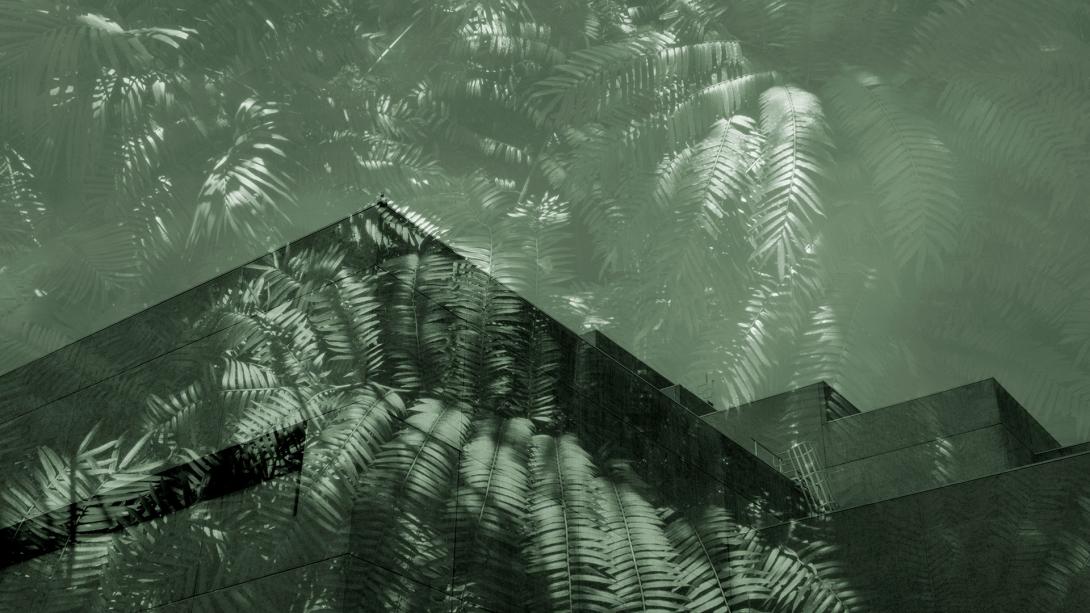Gavin Hipkins
APT9
Born 1968 Auckland, Aotearoa New Zealand
Lives and works in Auckland, Aotearoa New Zealand
Gavin Hipkins’ photographs, photo installations and moving image works strategically deploy various techniques and styles of image-making to interrogate how images create meaning. Over the last two decades, his work has been concerned with photography and architecture as modernist technologies, as well as the nation state — particularly in colonised countries in an era of reimagined communities and ideas of social and political utopia. In 2010, he began making non-linear narrative films, which frequently reference nineteenth-century texts. These films adapt selected writings to contemporary settings that relate to both the past and to possible futures. His recent moving image works engage film as a cinematic art that blurs conventional genres of essay film, documentary and experimental narrative structures.

Gavin Hipkins / Aotearoa New Zealand b.1968 / The Precinct (detail) 2018 / Two-channel HD video, 16:9, 10:40 minutes, colour, sound, ed. 1/3 / Sound: Ben Sinclair / © Gavin Hipkins / Courtesy: The artist and Starkwhite Gallery, Auckland
Gavin Hipkins is a photographer and filmmaker based in Aotearoa New Zealand. His work addresses representations of place, particularly reimagined communities and social and political utopias in relation to countries belonging to the Commonwealth. Set along the Brisbane River, the dual projections of The Precinct 2018 continue Hipkins’s blurring of documentary and experimental narrative film structures. The double perspective both draws on and quotes from the first published novel set in Brisbane, The Curse and its Cure (1894) by Dr Thomas Pennington Lucas, a two-volume narrative comprising The Ruins of Brisbane in the Year 2000 and Brisbane Rebuilt in the Year 2200. Lucas envisioned a ruined and corrupt city suffering floods and separatist wars with southern states, with nineteenth-century colonial attitudes towards Indigenous people still firmly entrenched; Brisbane is then re-imagined as a utopian moral paradise some 200 years later. With its fragmentation of sounds and sights along the Brisbane River, Hipkins’s The Precinct connotes a past that haunts the future.
